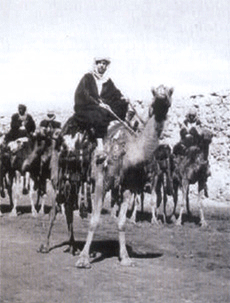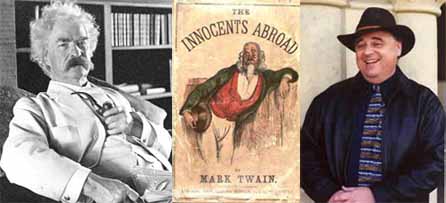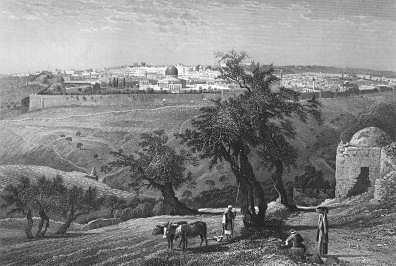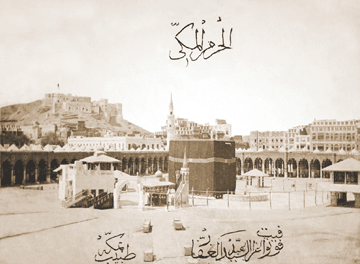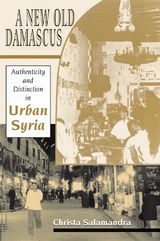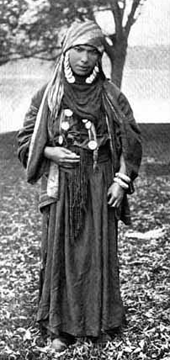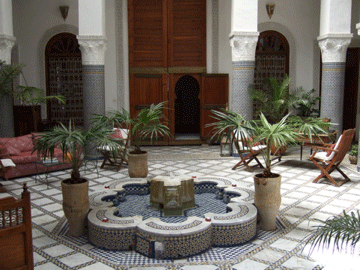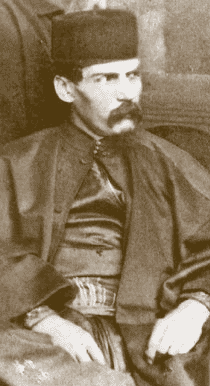
One of the most odious acts for a non-Muslim to do is enter Mecca. The swash-buckling Captain Richard Burton (1821-1890) disguised himself as an Afghan (pre-Taliban, of course) Muslim and in 1853 joined pilgrims to Mecca. While not the first Westerner to sneak into the holy city, his account is the most notorious. Here is how Burton describes his participation:
“”Alhamdu Lillah!” Thanks be to God! we were now at length to gaze upon the Kiblah, to which every Mussulman has turned in prayer since before the days of Muhammed, and which, for long ages before the birth of Christianity was reverenced by the Patriarchs of the East. Soon after dawn arose from our midst the shout of ‘Labbaik! Labbaik!’ and passing between the rocks, we found ourselves in the main street of Mecca, and approached the ‘Gateway of Salvation,’ one of the thirty-nine portals of the ‘Temple of Salvation.’ Continue reading Sacrilege and Pilgrimage
